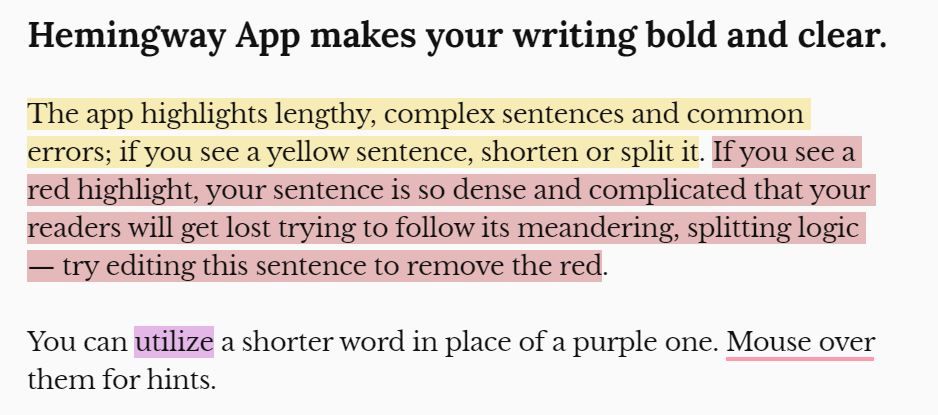
A Beginner’s Guide to Copywriting Your Website for SEO
Did you know over 93% of online journeys start with a search engine? Here's how to fine-tune your website's copywriting and get discovered online.
By Guest Author — 11 March, 2021
As a small business owner, building your own website can be a somewhat daunting task. Depending on how tech savvy you’re feeling, there are multiple DIY website builders out there that’ll help you create a professional looking website in no time. But when it comes to copywriting, no one knows your business like you.
Before we crack onto the importance of copywriting, let us first introduce ourselves. Hi! We’re Start Digital. We’re a web-design and digital marketing agency from Perth, Western Australia. Our specialty, in fact, is building websites with the intention of ranking well on search engines like Google.
Maybe you’ve heard of it before, or maybe you haven’t, but Search Engine Optimisation (SEO) is essential when it comes to being discovered online by engines like Google or Bing.
With over 93% of online journeys starting with a search engine, it’s crucial that your website is built to be noticed. What’s the point of an impressive website if it’s undiscoverable by those who matter?
Whilst there are many techy elements to SEO that we’d love to ramble on about, an underrated element of optimising your website for Google is in fact the copywriting itself. Here, we’ve compiled our four steps to consider when copywriting for SEO.
Step One: Suss out who you’re speaking to
Prior to copywriting, the best thing you can do for yourself is to grasp who your target audience is. How will you know the best way to speak to your audience if you’re not sure who they are?
One thing we love to do is to create a ‘Customer X’ profile. Picture this almost like a fake social profile. Ask yourself…
• What brands do they follow?
• Are they within a certain demographic?
• What are they interested in?
• How would they discover your brand?
Once you’ve got your audience down pat, consider their customer journey. Let’s take a shot in the dark and say you’re selling eco-friendly packaging. What would your customers Google to find you if they didn’t know your business name?
It’s likely you guessed this, but let’s start with the basics and say…
• ‘Buy eco-friendly packaging’
• ‘Eco-friendly packaging [location]’
Voila. There we have the beginning of our keyword research. Although a simple place to start, the keywords you select should drive the content that you create.
Step Two: Ditch the robo-talk
Whilst knowing your audience is vital, there’s something even more special about a brand that knows themselves.
When copywriting for your small business, implementing SEO friendly keywords and a well-considered brand persona can be a tricky balancing act.
Ideally, your keywords should be subtly sprinkled throughout your copy at a density of around 1-2%. This means that in every 100 words we recommend using your keyword around once or twice.
But be warned, keyword overkill won’t fool anyone. Whilst jam-packing your copy full of keywords may somewhat satisfy the search engines, no one wants to engage with a brand that communicates like a robot.
Captivating copy that answers your customers questions and keeps them on your website is far more likely to be rewarded by Google – hence the difficulty of the balancing act.
As a general rule of thumb, we always recommend having over 350 words per page. For ideal SEO, however, try to aim for around 600-700 words. If you’re looking for help, try Hemingway for fast (and free) feedback.

Step Three: Serve your purpose
Unlike U2, it’s highly unlikely your customers will climb mountains and run through fields to be with you. If they’ve stumbled onto your site through Google and haven’t found what they’re looking for, chances are they won’t be staying.
Whilst picture-heavy websites may be more aesthetically pleasing, when it comes to SEO, your power is in your words. A customer who visits your website and leaves rapidly will indicate to Google that your website isn’t providing the goods.
Our best advice: structure your copywriting with the reader in mind. Subheadings are a great way to break down chunks of text and allow readers to find what they’re looking for fast and efficiently, without risking them leaving to look elsewhere.

Step Four: Make a Start
Whilst copywriting may seem both daunting and overwhelming, starting is always the hardest part. At the end of the day, if your customers are satisfied with the content they’re seeing, chances are your SEO efforts will be rewarded accordingly.
So, there you have it – our simple tips on copywriting for SEO. If you’re looking to improve your businesses search engine presence, or if you’d like to learn more about how SEO can help you, drop us a line today. We’re always down for a chat and offer free digital audits if you’re after feedback.
Start Digital is a web design and digital marketing team located in Perth, Western Australia. We specialise in creating professional, eye catching websites that are loaded with quality SEO data points to ensure your business gets noticed.